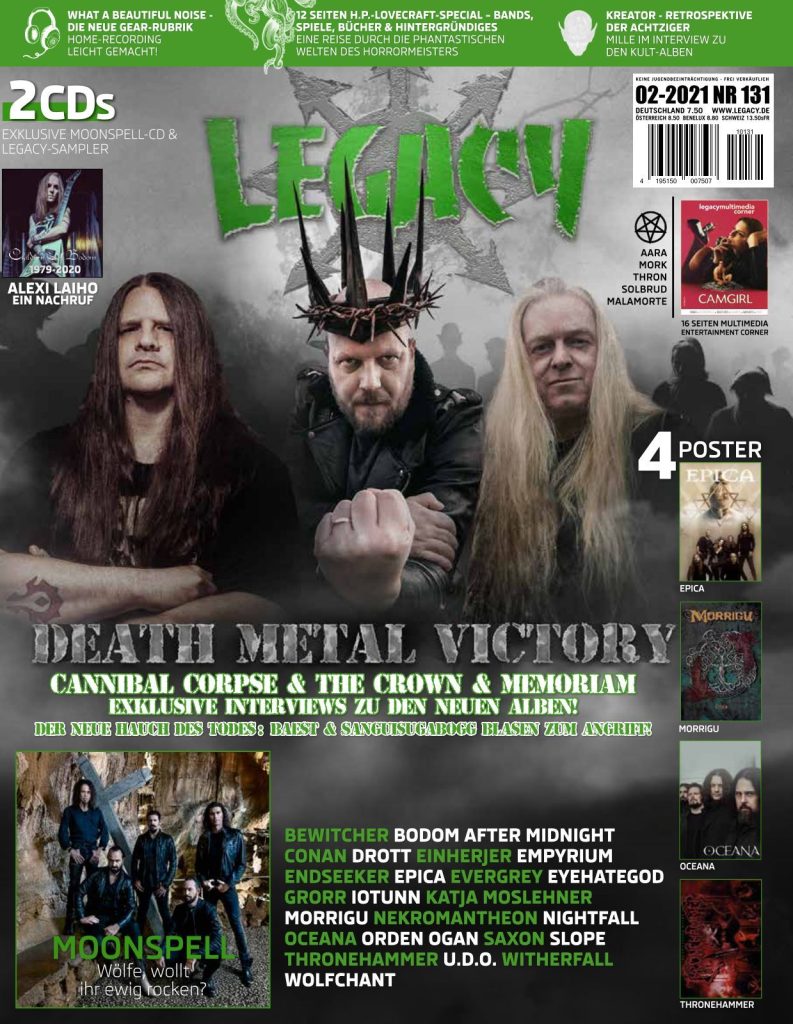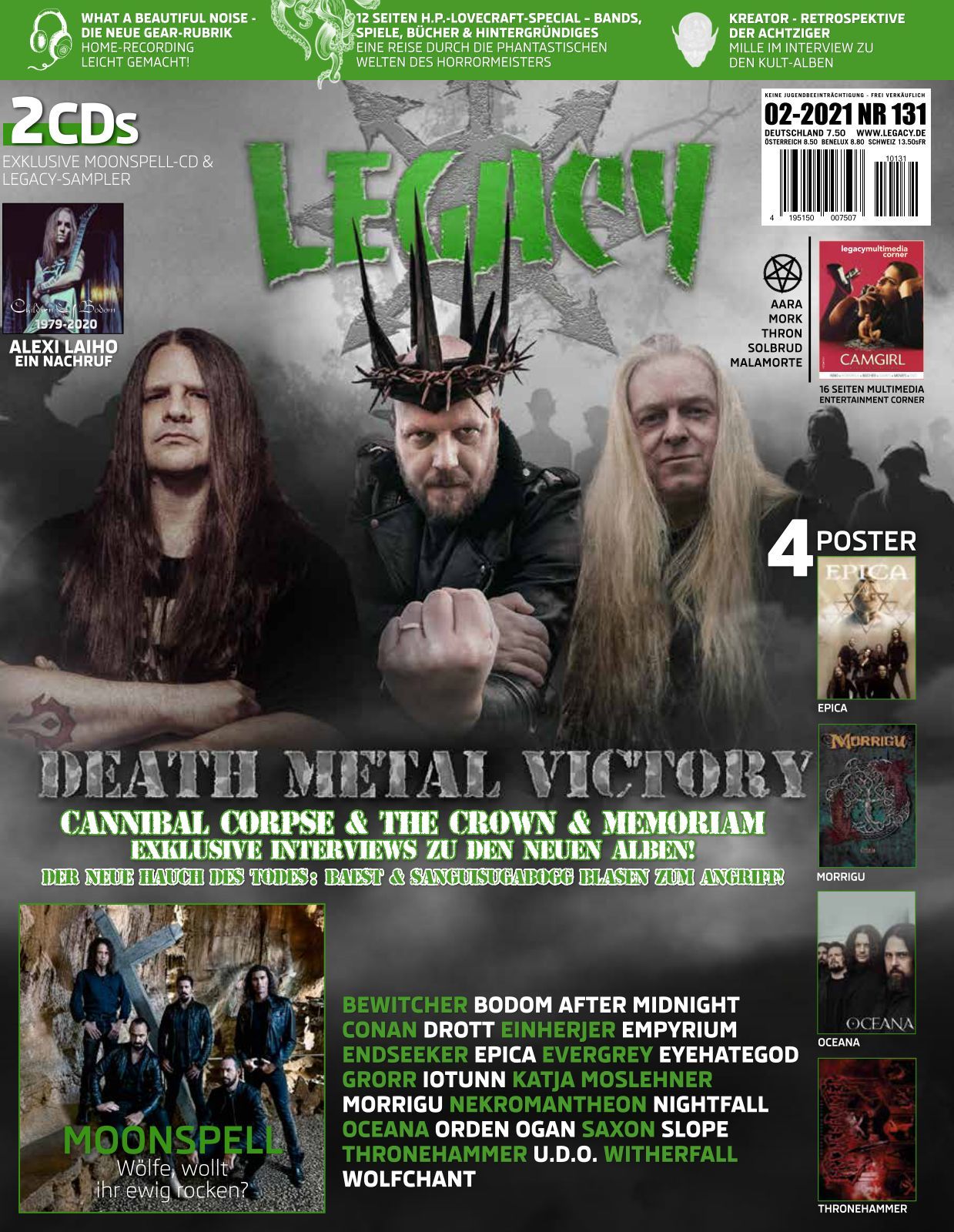
Exploring the Guardians of Indigenous Puppetry Traditions

**Indigenous Puppetry Institute: A Celebration of Tradition, Innovation, and Storytelling**
OKLAHOMA CITY, Oklahoma — Puppetry, one of our most ancient forms of storytelling, has existed in civilizations around the world for centuries, shaping narratives and delighting generations. In Indigenous communities, puppetry is not just entertainment; it’s a medium deeply intertwined with cultural preservation, ceremony, and education. This year, the **First Americans Museum in Oklahoma City** became the gathering place for an exciting milestone, the inaugural **Indigenous Puppetry Institute** — an event celebrating the rich tradition of puppetry while fostering innovation and collaboration among contemporary Indigenous puppeteers.
### The Birth of the Indigenous Puppetry Institute
The driving force behind the Indigenous Puppetry Institute is **Dr. Lee Francis** (Pueblo of Laguna), founder of **IndigiPopX**, a cultural event where Indigenous artists come together to celebrate comics, science fiction, and pop culture. IndigiPopX grew out of Francis’s realization that there were many Indigenous creatives at comic conventions and science fiction gatherings, but they often felt isolated. Following the success of IndigiPopX, Francis turned his focus towards assembling a community of contemporary Indigenous puppeteers. Thus, the **Indigenous Puppetry Institute** was born, offering a space to explore the modern intersections of one of the oldest artistic traditions.
### A Diverse Practice Across Lands and Genres
Puppetry in Indigenous communities has always been diverse, from shadow puppetry to marionettes and cosplay masks. The institute drew artists and performers from Native cultures across North America to share their distinct methodologies. For **Candice Byrd-Boney** (Quapaw/Osage/Cherokee Nations), it became a space where she finally felt connected to fellow artists in her field. “Many of us thought we were alone … and we are not. This is why spaces like these are so important,” Byrd-Boney told **Hyperallergic**.
For many participants, the event was not just about showcasing their artwork but also about deeply personal exchanges — sharing how their heritage influenced their puppetry and the need for safe, supportive environments.
### Highlights of the Gathering: From Workshops to Performances
Across two days, artists engaged in workshops that varied from formal instruction to fluid, peer-driven knowledge sharing. Guided workshops included cosplay-making and using marionettes for storytelling. One of the most memorable sessions was led by **Tarish Pipkins**, aka **Jeghetto**, a self-proclaimed “puppet engineer,” who introduced participants to his intricately designed works. His T-Rex marionette, constructed from cardboard and powered by a sophisticated system of pulleys and levers, captured the imagination of both seasoned puppeteers and newcomers alike. Participants gathered around the T-Rex, carefully taking turns moving the puppet, mirroring natural walking and gestures.
**DerRic Starlight** also made a lasting impact with his “Nuppets” — puppets that reflect Native heritage. Traveling from his home in the **Tsuut’ina First Nation Reserve** near Calgary, Alberta, Starlight explained how childhood dreams of appearing on **Sesame Street** fueled his passion. His emotional recount of juggling a career in professional wrestling with his love of puppetry moved participants, sparking both laughter and tears during his session.
### Preserving Culture Through Puppetry
For **Graci Horne** (Sisseton Wahpeton & Hunkpapa Lakota/Dakota people), an artist and educator with a background in museum studies, the Institute was about more than creating puppets. It was a platform for exploring cultural preservation. Horne stressed the significance of guarding Indigenous stories in puppetry, ensuring they are shared within communities with respect and care. “It is not for others to take, capitalize on, or share as their own,” she remarked, touching on the delicate relationship between traditional stories and modern production environments.
However, Horne’s concerns extend beyond cultural storytelling; the protection of Indigenous puppetry as an art form itself also emerged as an issue in the discussions. The **Indian Arts and Crafts Act** and the **Native American Graves Protection and Repatriation Act** protect elements of Indigenous culture, but puppetry is rarely included in this legal framework, leaving practitioners vulnerable to exploitation.
Local participants, such as those from the **Wahzhazhe Puppet Theatre**, also shared their methods of incorporating community engagement. **Candice Byrd-Boney** spoke passionately about her work with the Osage community and how Indigenous-centered approaches to storytelling are vital for both education and cultural continuity.
### Challenges and the Future
Despite the rich cultural importance of the art, puppetry is still a niche within many Indigenous arts circles, and gaining recognition, funding, and proper venues has proven difficult. Event co-organizer **Kaley Morrison** (Waccamaw Siouan), a comedic performer and puppeteer, emphasized how